Benny Brandvold MD
Before eBay, collecting in “the wild” meant what you found depended on what was originally distributed in the area or was transplanted as families relocated. No one understands regional campaign item scarcity more than a locals collector; imagine trying to put together a Massachusetts locals collection in Hawaii or Alaska. Without some outside sources, I suspect your accumulation would be disappointing at best. Politics has always been regional. Less apparent to many collectors is just how much regional variation there is in the availability of presidential campaign items. Growing up in Montana and attending school in Washington, I was jealous of the seeming abundance of items in states like Ohio, Pennsylvania and New York. Those states were a perfect environment for campaign memorabilia distribution; each had large populations and competitive campaigns for both national and local races.
One major factor in item distribution was whether there was a strong market for the jobbers and tight races for the parties to invest in. We have always been geographically divided politically. We worry today about the lack of common ground between the regional groupings of “blue states” on the coasts and the “red states” in the heartland. There has never been a bigger political divide than during the 1860 presidential election; in fact, this is the only time our form of elective government failed. After Lincoln was elected 11 southern slave states seceded and formed of the confederacy. In 10 of those 11 states Lincoln had no recorded votes and in the remaining confederate state, Virginia, he received only 1887 votes of the 166,891 votes cast. I guess it would come as no surprise that finding a Lincoln piece in the south would be quite unlikely unless it had migrated there after the war. I do have a Lincoln “Peace Commissioners” ribbon that came out of a border state estate that has the “Union Forever” cropped off.

At meetings, a frequent lament of collectors from the south is the lack of golden age items in their shops, antique shows and flea markets. I suspect this was because the south was essentially a one party system between reconstruction and the political shift that started with the State’s Rights Party’s break from the Democratic Party in 1948 and solidified in 1964. There was little reason to spend money campaigning in the general election if it was unlikely to change the result. During the period from 1896 to 1948, Republicans won electoral votes only 3 times. This occurred during the 1928 race when Hoover carried Virginia, Texas and North Carolina. This likely had more to do with Smith’s Catholic faith than an embrace of Republican politics. The only other time the Democrats loss electoral votes was in 1948 when Strom Thurman and the State’s Rights Party carried Alabama, Mississippi, South Carolina and Louisiana. Thomas Dewey polled in single digits in three of those states and Harry Truman wasn’t even on the ballot in the other. In South Carolina and Mississippi the Democratic Party had a greater than 90% plurality in 10 and 8 presidential elections respectively.
As a collector who has lived most of his life in the west, Montana, Washington and California, I have noticed items for some candidates are quite underrepresented. I have never found a Davis pin in the wild in any of these states. Looking at the election results may provide an explanation. He polled below Lafollette in California, Washington, Oregon, Montana and Idaho. He received only 8% of the popular vote in California and 10% in Washington and he received less than half Lafollette’s vote total in Oregon. Given Southern California is a desired relocation destination, I suspect many of the Davis items found there over the years had migrated after the election. There is actually a rare Davis pin made by Western Badge in Los Angeles with no Coolidge mate to my knowledge.

Another candidate that polled poorly in the region was Alton Parker. In California, Washington and Oregon, he polled 27%, 19% and 19% respectively. Generic Parker pins by the traditional big east coast manufactures are available in the region but I know of no Parker pins made out west even though there are “1904” TR pins made by Hoegee, Pasquale, Pacific Regalia, FM Webb and JC Irvine. There are several matching TR/Parker pins made by Baltimore Badge with Herrick’s Sewing Machine Store advertising backpaper from LA. There is also a Whitehead and Hoag jugate with printing on the obverse advertising the Fountain Beer and Billiard Hall in San Francisco but it has a TR mate as well. Montana has a pair of pressed aluminum jugates; the TR is a coat tail but the significance of JM Booth has eluded my research.
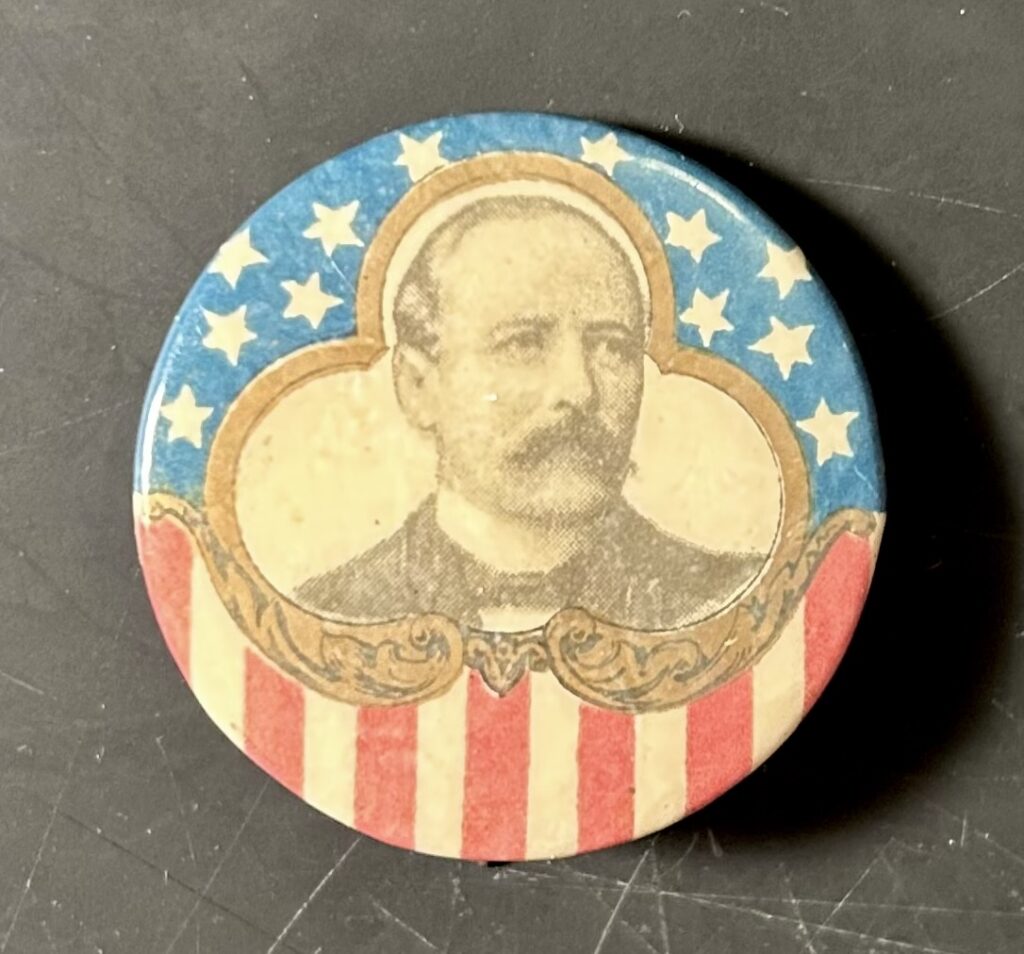

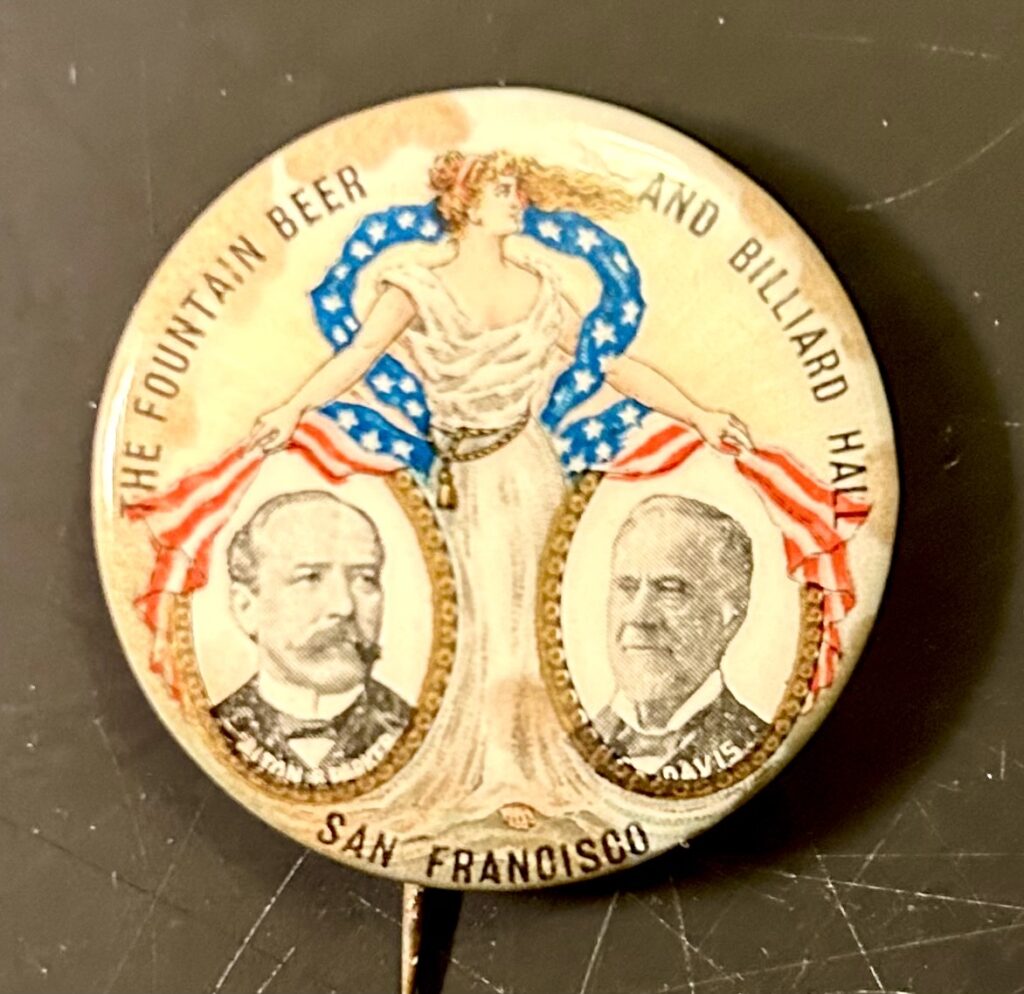
The 1912 race out west also had some interesting results, though differentiating pins from the 1904, 1908 and 1912 elections for TR and Taft is at times quite difficult. In addition, both candidates toured the west and pins issued for these visits muddying the situation even more. Teddy won both California and Washington, so pins for this campaign made in these states are available but are rare, sought after and often expensive. Taft polled less than 1% in California. There are pins for Taft made by Hoegee, LA Badge, Brunt, Inland Printing and Irwin-Hodson but many of these are more likely related to the 1908 election or his 1909 or 1911 west coast tours.
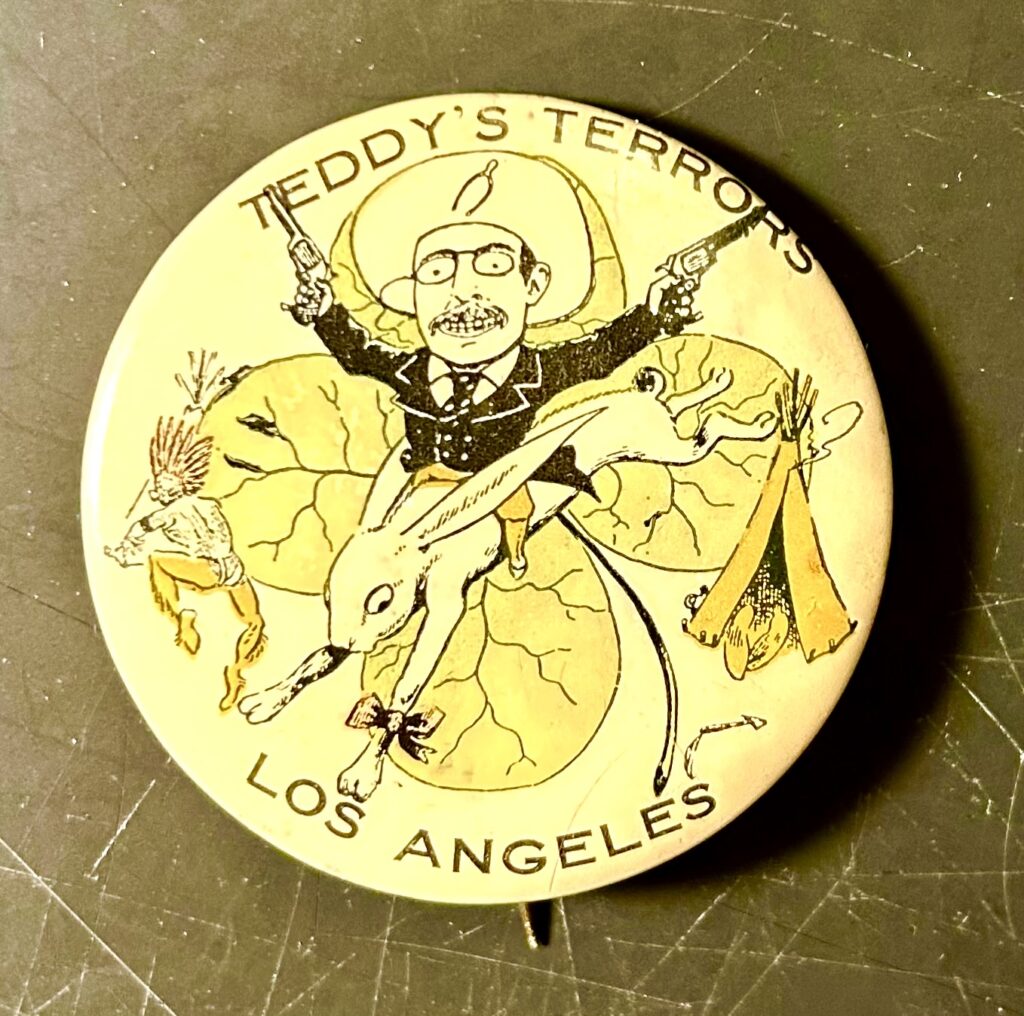

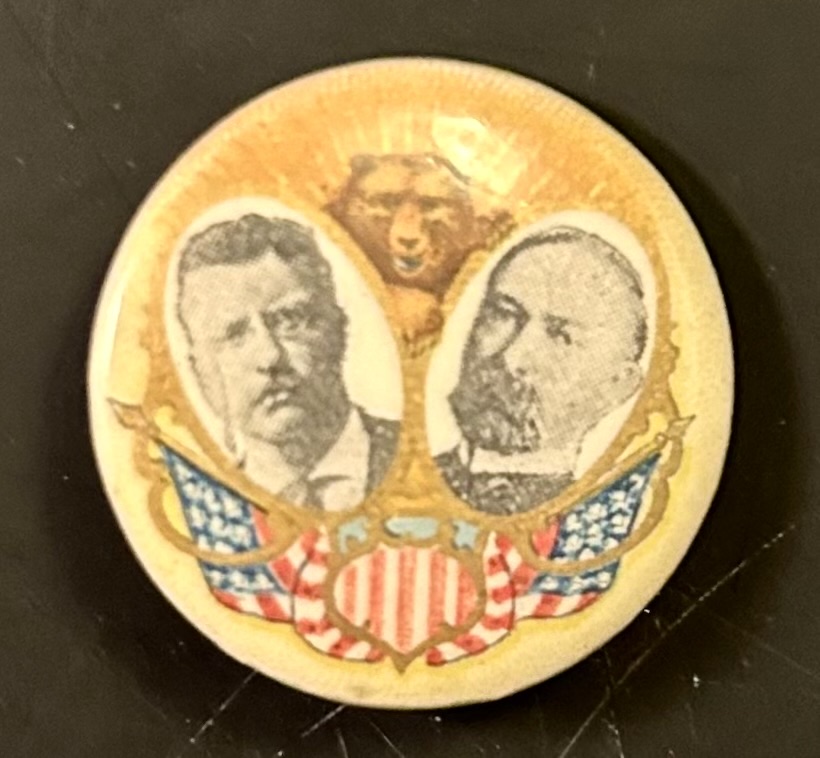
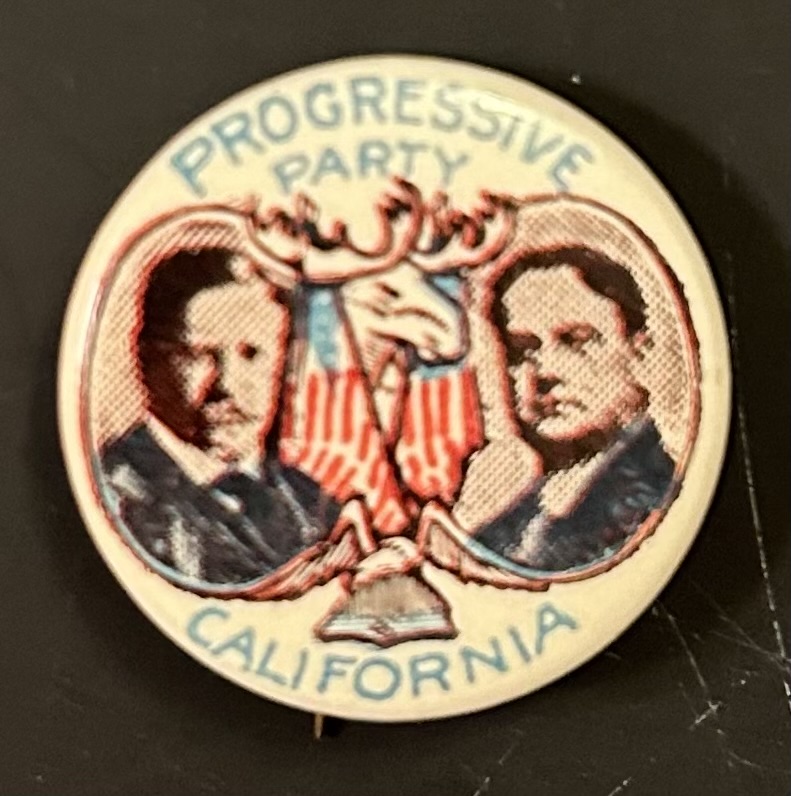

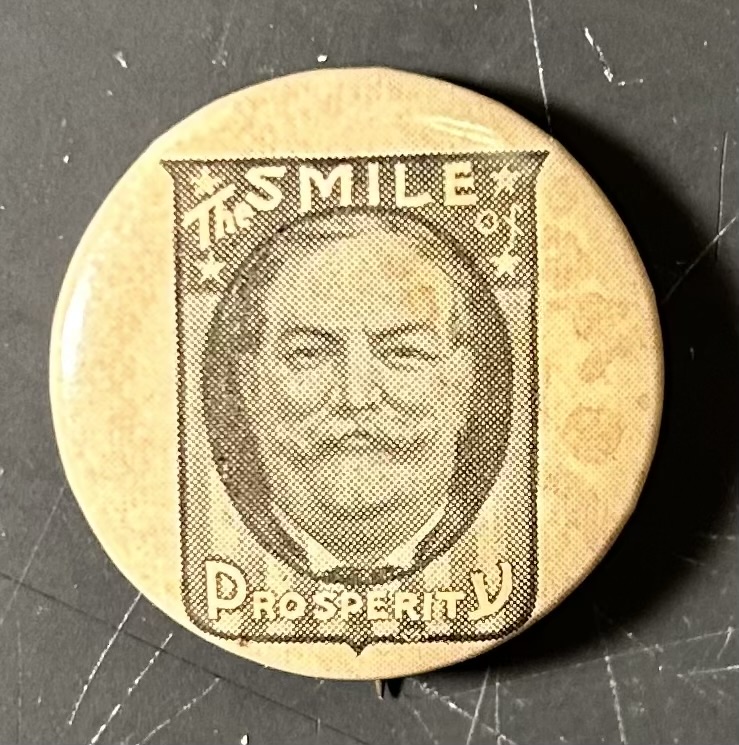
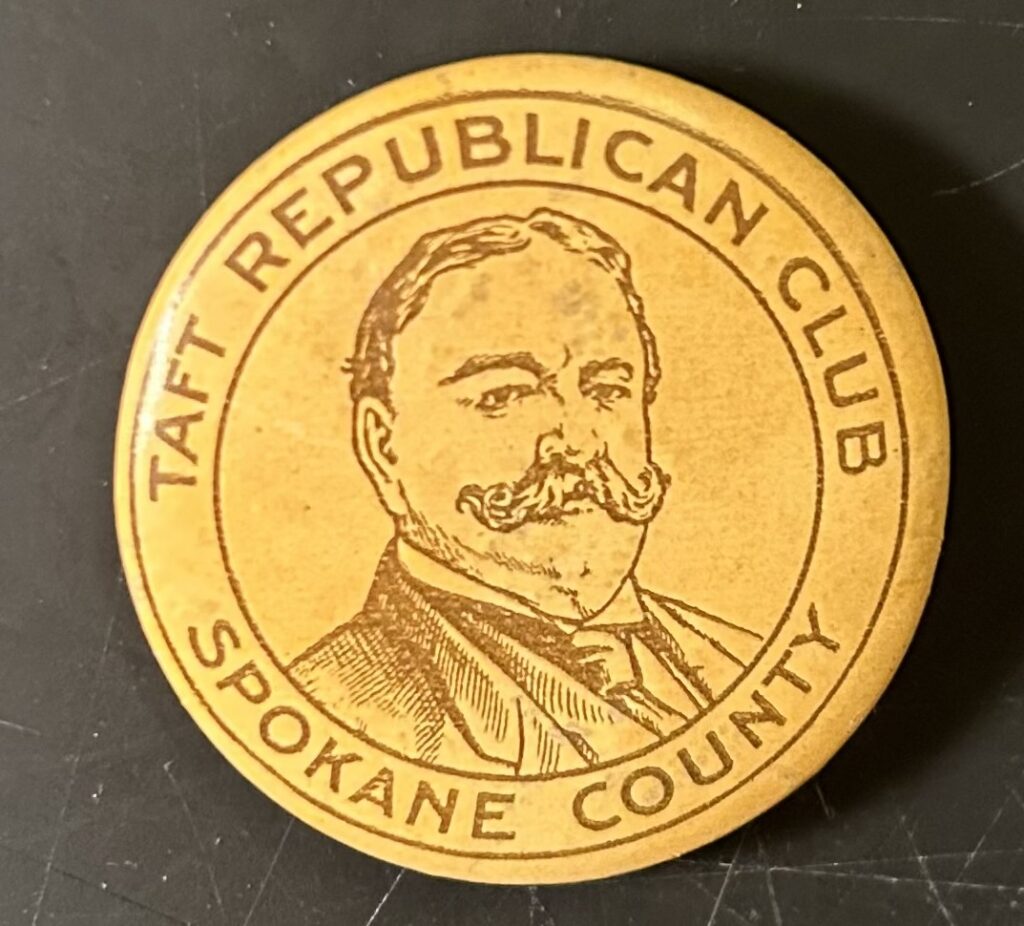
This brings us to another factor that boosts availability when otherwise one wouldn’t expect it, tours and visits. These were an excellent venue for jobbers to sell their wares. Teddy Roosevelt visited the west in 1903 and 1912. Taft came out in 1908, 1909 and 1911. On Taft’s 1908 tour, he chastised a small work camp in western Montana about their corruption and debauchery referring to it as a “sewer of sin”; in response, the town christened itself Taft. It is estimated at the time of his visit “Taft” boasted 50 saloons, 500 prostitutes and a booming population of 7000. In 1919, Wilson tried to sell America on the League of Nations with an adventurous trip that cost him his health and Harding actually passed away on his west coast trip in 1923. I consider each of these visits campaign related as the presidents were planning to run for reelection in the next cycle. Harding’s demise curtailed that endeavor and Wilson’s electability plummeted after his stroke. I have 2 different ribbons from Harding’s stops in Montana and 3 from Seattle alone; otherwise, almost nothing is available for him in either state. There are generic items that were likely made for these visits but do not reference the visit. There is at least one Wilson pin made by Brunt in San Francisco that can be dated to his 1919 visit by its backpaper having the 766 Mission St address which was only used 1919-1921. I guess another option could be that it was made as hopeful item for the 1920 Democratic Convention which was held in San Francisco. A small Taft pin can be attributed to his 1909 visit rather than either his 1908 or 1912 campaign by the 860 Mission address which was only used 1909-1910.

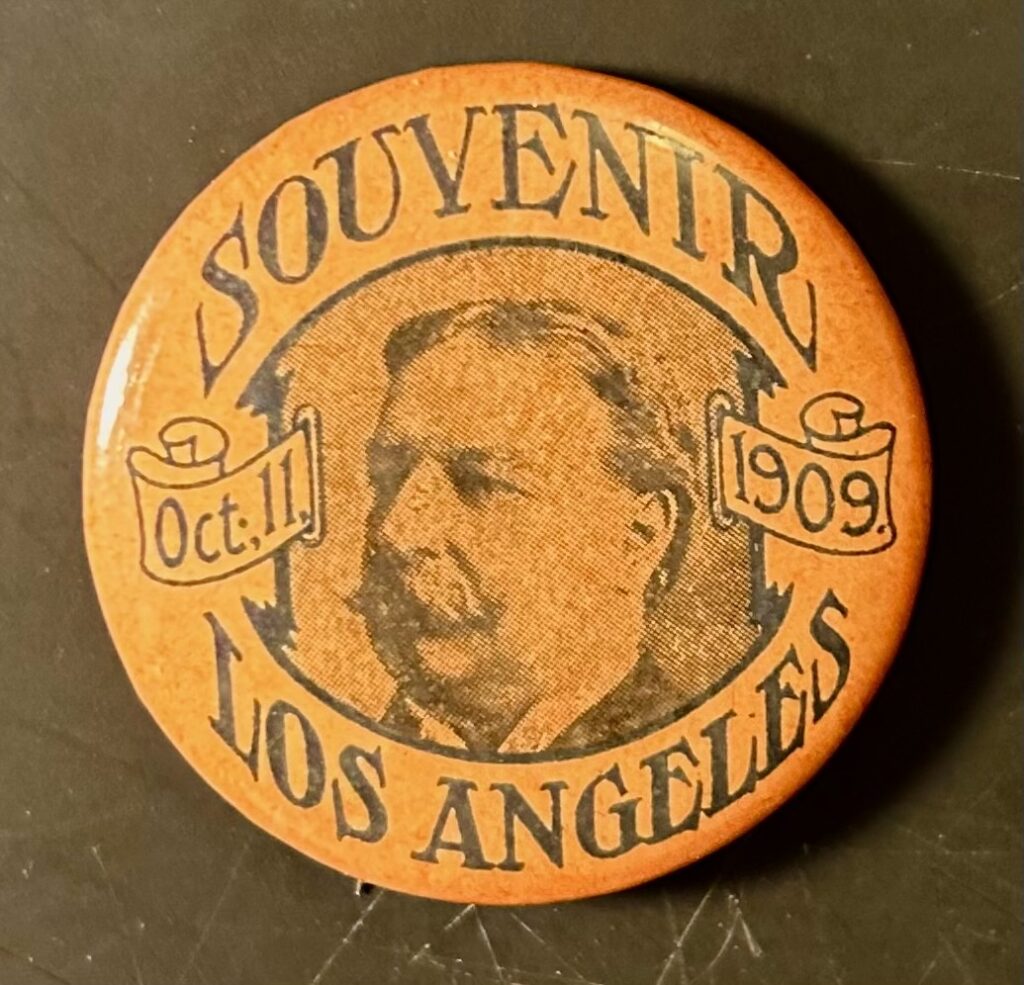
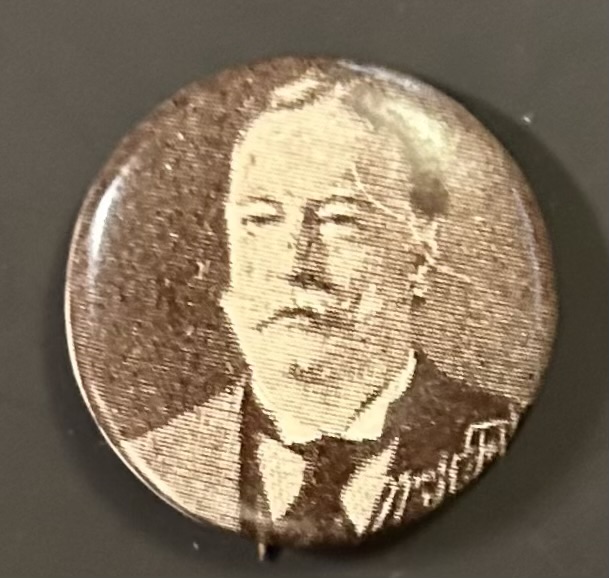

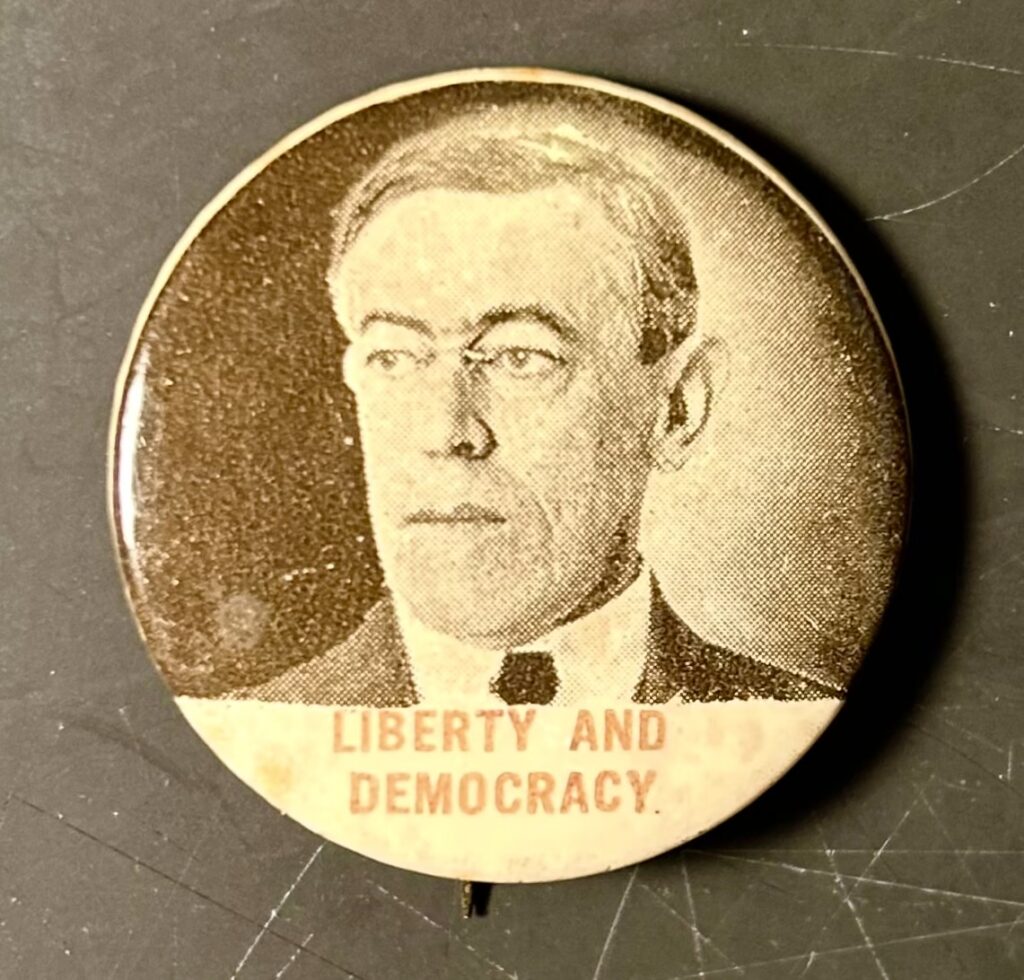
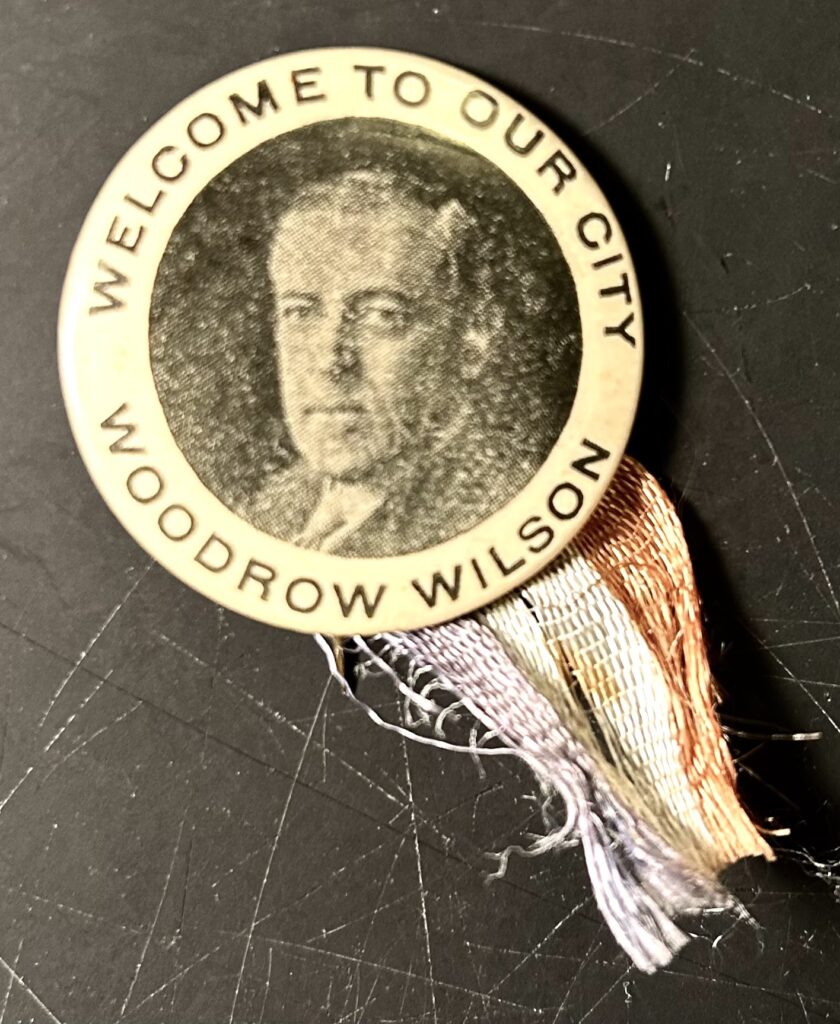
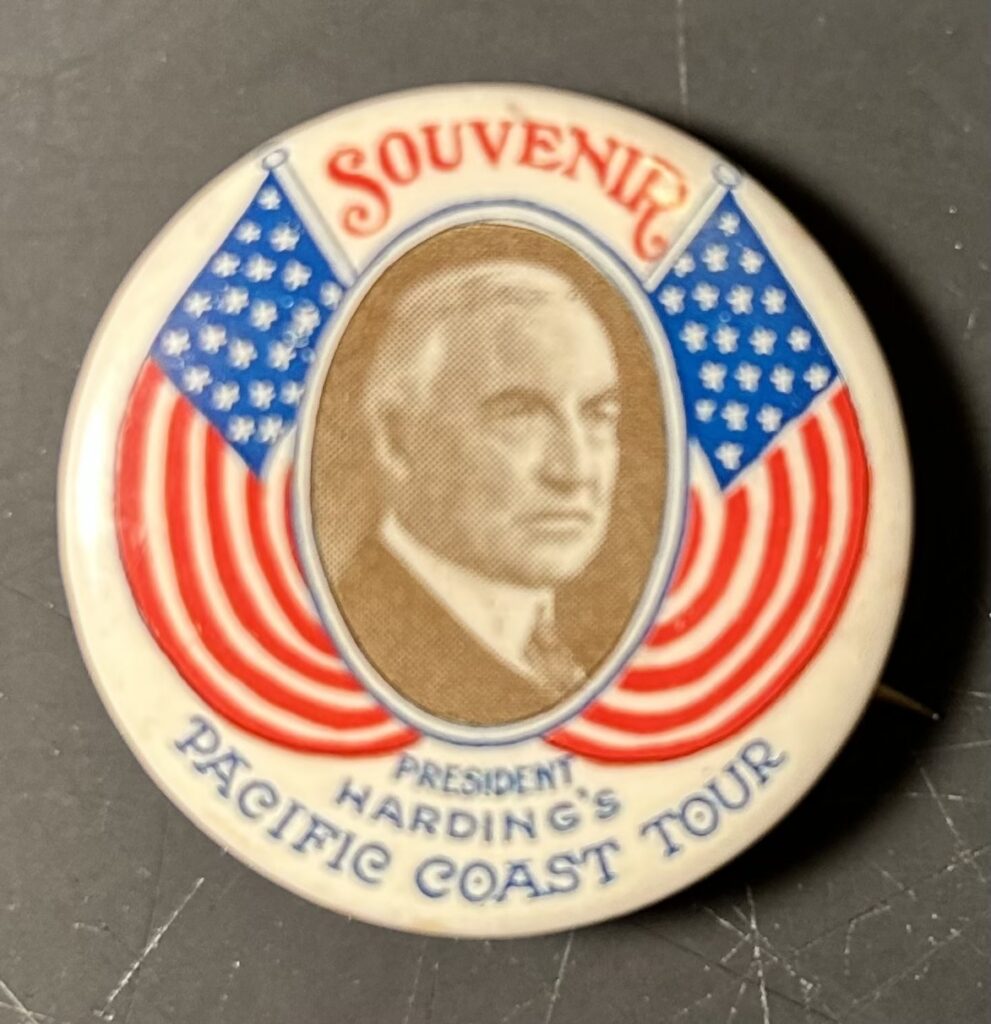
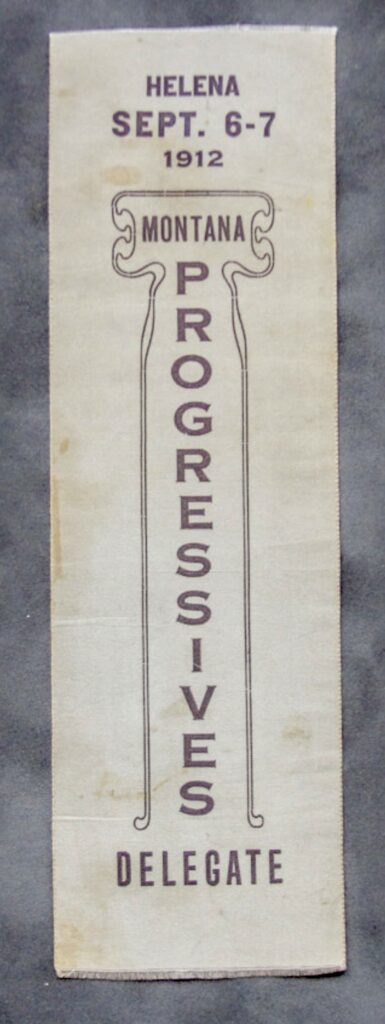

Lastly, people move to pursue job opportunities, family and retirement. Retirement destinations such as Florida, Arizona and California have many more items than one would otherwise expect. As a wise fisherman would recommend “fish where the fish are”; so too should collectors collect where the game is more plentiful. Our auctions and eBay have leveled the regional differences in availability, but for those who love to hunt “in the wild” a little research might improve your take.